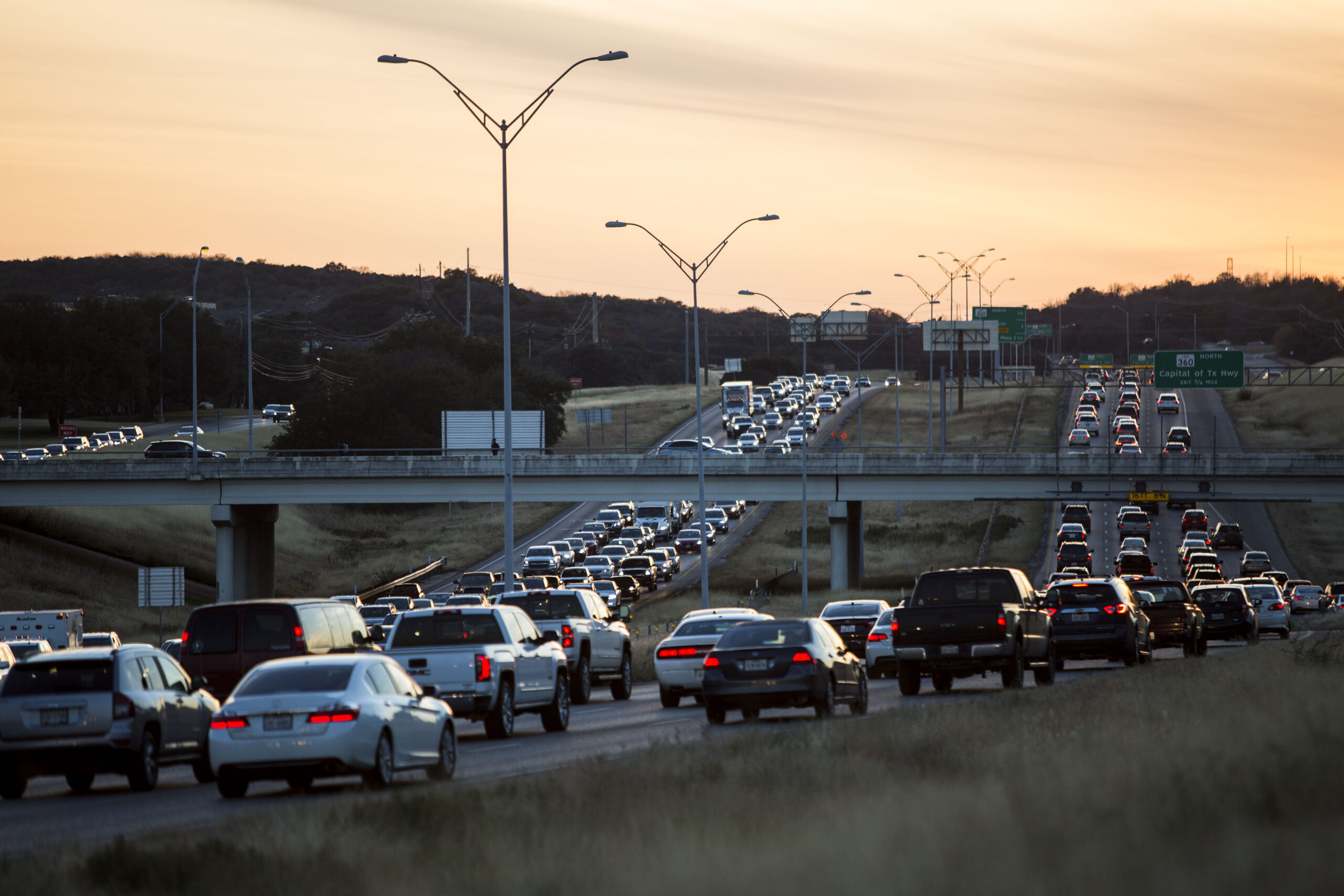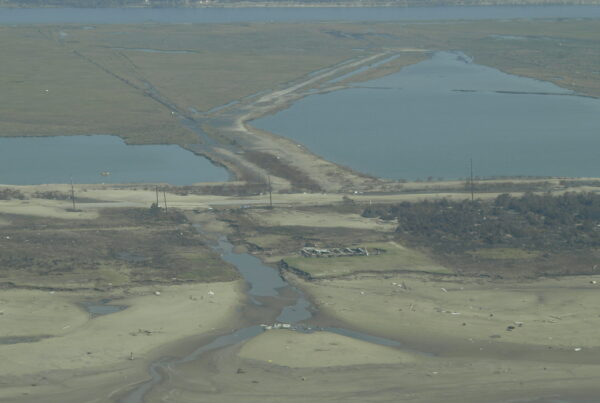Texas gained more new residents than any other state between 2022 and 2023. According to new census numbers, the state’s population grew by five percent during the study period, while several counties’ populations grew by more than seven percent each.
State demographer Lloyd Potter told the Standard that a considerable portion of Texas’ growth is happening in counties surrounding big cities, especially in the DFW metroplex. Listen to the interview above or read the transcript below.
This transcript has been edited lightly for clarity:
Texas Standard: Looking at this population increase in these new census numbers… Put them all together, it adds up to a 1.5 percent increase in Texas population in one year. Is that a surprising number, or more or less than what you might expect in a year’s time?
Lloyd Potter: Essentially, Texas continues to dominate the country in terms of population growth. Numerically, we’re number one in terms of adding population. And then in terms of percent change, we’re growing pretty quickly 1.5 percent.
It’s just a little bit slower than it was the year before. But it’s still like dominating the country in terms of both numeric growth and percent growth.
Does this represent a larger shift that’s happening? I’m curious about that because I was watching something last night talking about the shift to the suburbs back in the 1950s, and it was described as historic. And places like Texas and Florida and the Southeast in general have been seeing some amazing numbers. Is there something larger going on?
I don’t know if I’d refer to a suburbanization but kind of concentric growth. So growth that’s occurring further and further out from our traditional urban cores. That’s been happening really pretty much for much of this decade, and probably for even longer than that.
But certainly, we’re seeing those counties that are in the what used to be the suburban ring, but now are becoming very, very urbanized – are growing very fast – and much of their growth is occurring from domestic migration, meaning people are moving from either other places in Texas or other states in the country into those areas.
And that really puts a lot of strain on those places, because all of a sudden, those new people that show up, they need new housing units, they’re going to put cars on the road. They may be bringing kids with them that need schools that haven’t been built yet. So there’s just a lot of infrastructure issues that are created when you have these areas that are growing really quickly from domestic integration.
Single fastest growing county in the state was Kaufman County near Dallas, a 7.5 percent population increase. What should we know about Kaufman County? I know these numbers don’t go into reasons why we’re seeing this growth, but what would you suspect explains that really high rate of growth there?
Well, it’s kind of what I was just talking about. But certainly, if you look at the metroplex area, the metro area in Dallas-Fort Worth was the most significant growing metropolitan statistical area in the country. Essentially, we’re seeing all of the counties surrounding Tarrant and Dallas County just growing very, very significantly and quickly.
Kaufman County is a relatively small county. It’s like, I think has less than 200,000 residents. But that said, when you have a small population and you’re adding a lot of migrants to it, then that creates a really high rate of increase. And you can see that for many of the counties surrounding the urban core of the Dallas-Fort Worth area.
There are some others on this list that have been growing really fast. Among them: Rockwell, Liberty, Blanco County, all grew by more than 5 percent over the period reported here. But the largest population increases – that’s different from rates of growth, 0f course – four of the top ten metro areas, including the top two spots held by Texas metros, in those top two positions are Dallas and Houston. Notably, Dallas County is not among those with these rapid rates of growth. What’s going on?
Yeah, Dallas County and actually Harris County, as well, have been experiencing net out domestic migration for some time. And Dallas County really picked up this time. I mean, just in the last year, it’s net out domestic migration almost doubled.
So that said, Harris County was the most significant growing county in the country. So that’s kind of a strange thing when you think about it. There are more domestic migrants moving out that are moving in, but it’s the most significant growing county in the country.
Dallas County isn’t growing quite that much. In fact, it’s kind of lower in terms of numeric growth. But Harris County is growing very significantly, largely because of natural increase – more births than deaths. And then international migration.
And Dallas County, some of the net out domestic migration is being offset by net in migration. And it also has very positive natural increase. That’s not being offset by natural increase and international migration in the same way that Harris County is.














